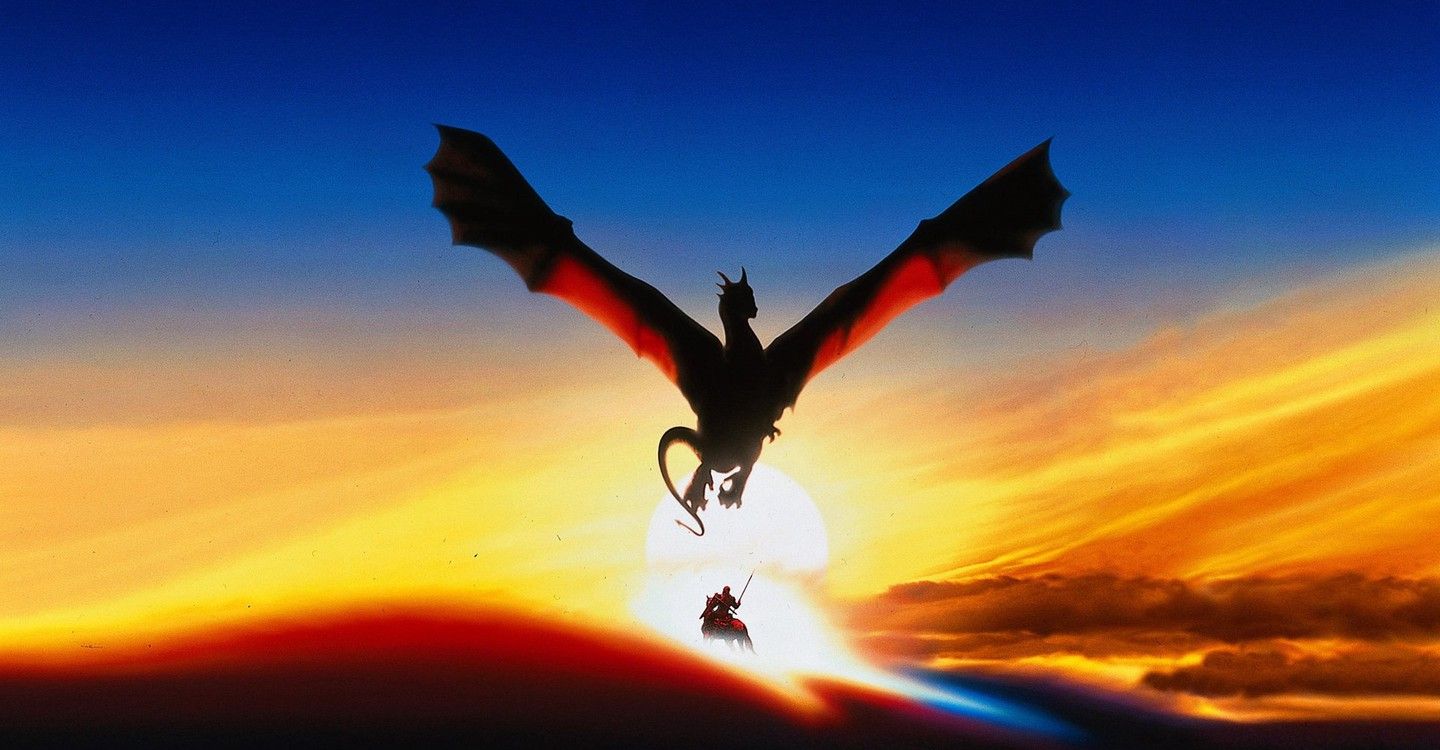
Back in 1996, the world was given a gift in the film, Dragonheart. While the movie may be more than 20 years old, it holds up today as one of the earliest uses of a CGI character acting alongside people in a live-action environment. Given what we have today in terms of computer-generated visual effects, it may seem like an animated dragon as realistic as Draco would be an easy task, but there was nothing simple about creating the character and bringing him to life back in the 1990s. This was a time when VFX of this sort was just getting off the ground. Even effects giants that came before like Jurassic Park used puppets and practical effects interwoven with CGI.
The movie was recognized for its superior effects with an Academy Award nomination for Best Effects and Visual Effects. More than 20 years later, the film remained one of the best uses of a dragon in cinema-- until Smaug finally found his way to CGI in The Hobbit trilogy. That movie and all the ones in-between owe a great deal to the effects crew who brought Draco to life. Granted, the movie wasn't simply just CGI, it had an imaginative story, incredibly talented actors, and beautiful sets. A lot went into making the movie, but do you know just how much went into it?
There's a lot going on behind the curtain that doesn't make it to the silver screen, which is why you may not know these 20 Crazy Details Behind The Making Of Dragonheart
20 DRACO'S FLYING WAS ACTUALLY A PLANE
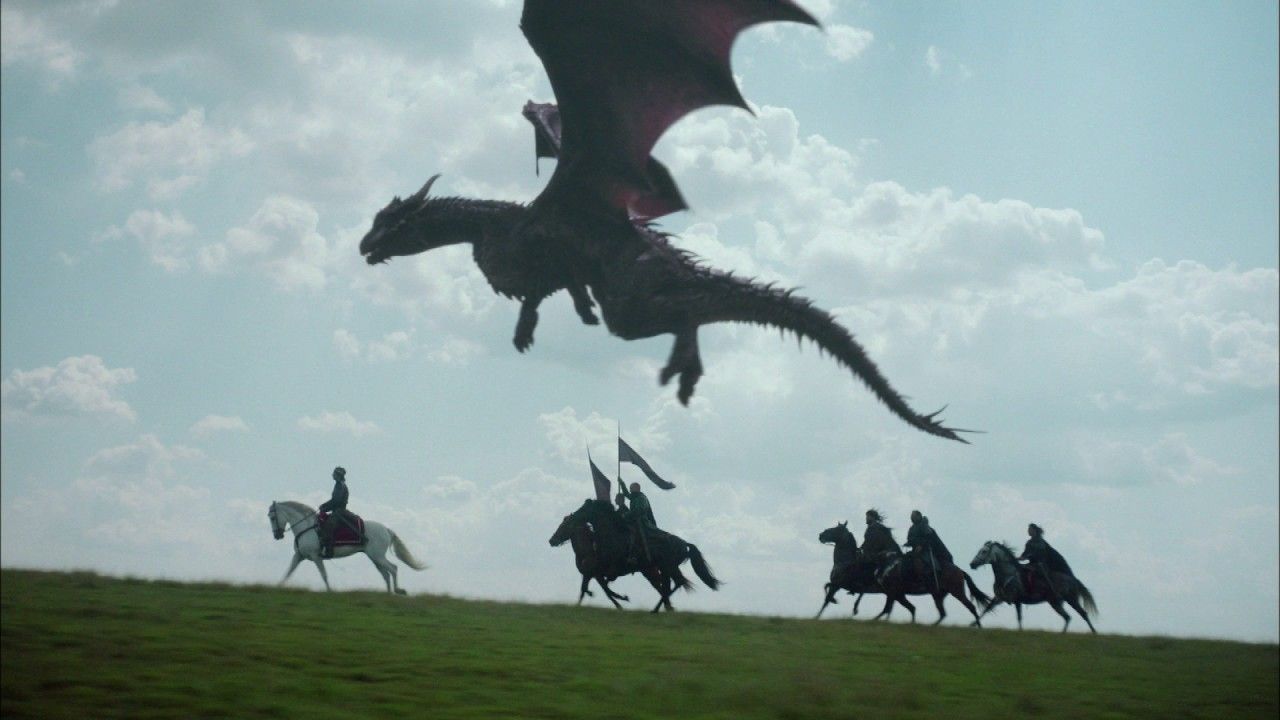
When actors film in a green screen environment, they spend much of their time dealing with tennis balls atop a stick, or if they're lucky, another actor wearing a green body suit so they can play off of them. When it comes to a gigantic creature like a dragon, things have to be done a little differently.
When the dragon flies over a village with hundreds of extras, how can you guarantee they all look in exactly the same point in the sky? They didn't have a dragon handy, so the producers came up with the next best thing: an ultralight aircraft. In order to get everyone to focus on the same point, they simply flew a small plane overhead and told people to pretend it was a dragon.
19 DRACO DIDN'T BREATHE FIRE FROM HIS MOUTH
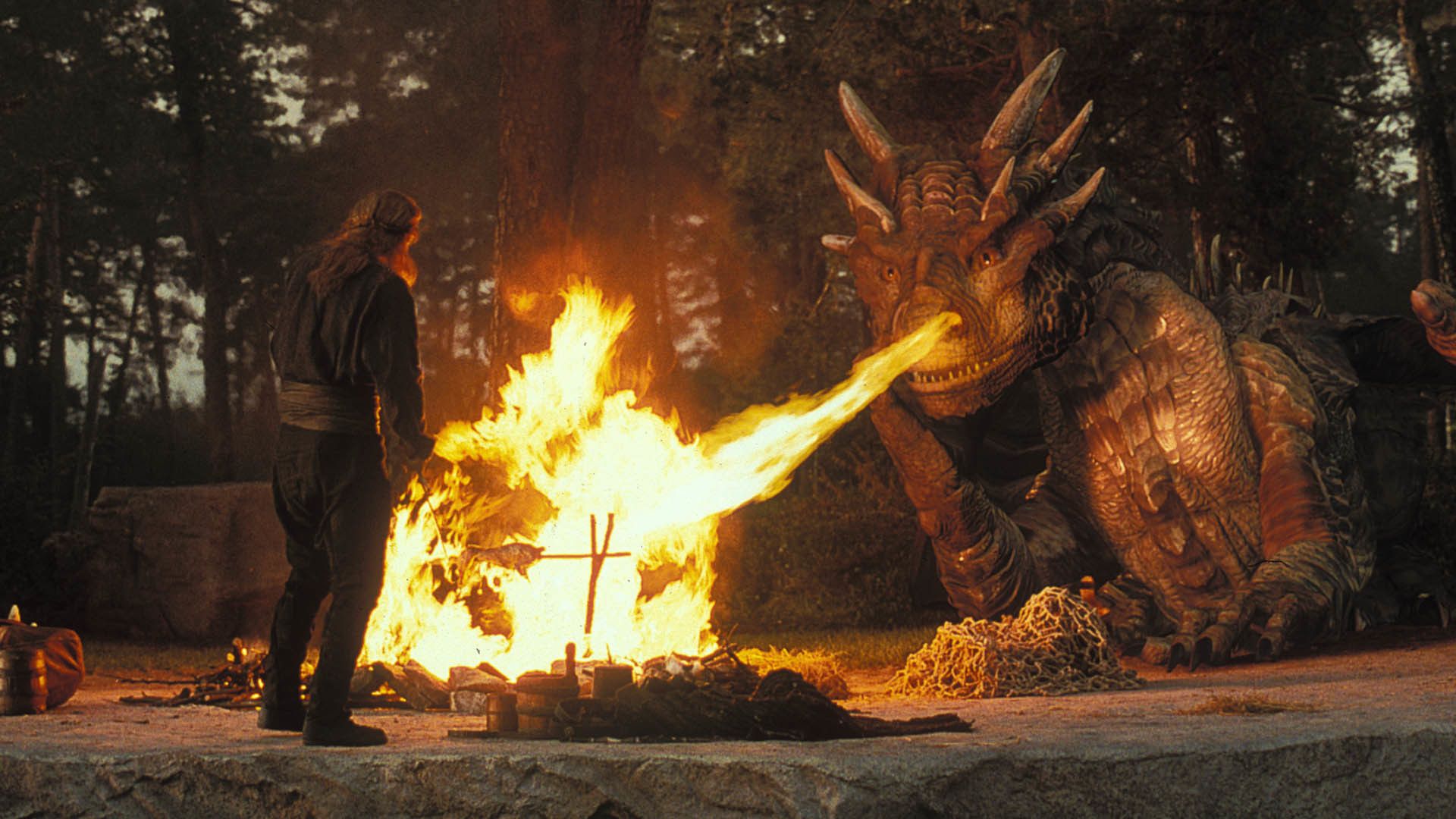
When the filmmakers of Dragonheart decided to create a unique species of dragon for their movie, they got their inspiration from a number of sources we mentioned, but they made some changes to popular lore. Everyone in the world who has ever heard of a dragon knows they breathe fire. Play D&D or any other fantasy story and it's well-known you have to be careful about the searing hot stream of fire these monsters shoot from their mouths. Draco was a little different, though he did breathe fire.
Whenever we saw Draco breathe fire in the movie, he did so from his nostrils, not from his mouth.
There was no explanation for why the filmmakers decided to make this change from what everyone knew of dragons, but it's an interesting fact about the movie many people missed.
18 DRACO WASN'T ENTIRELY CGI

Dragonheart was made during a time when modern CGI was in its relative infancy. Because of this, animating a giant dragon in the same frames as a human presented a bit of a problem. If they had a ballooned VFX budget exceeding $160 million, the effects crew could have made it work entirely digitally, but this was the '90s and some things had to be done a bit old school.
In order to properly animate Draco amongst humans, several full-scale props had to be made by the prop department.
In addition to the giant jaws seen in the picture above, they also crafted a hand and some other dragon pieces. When it was all mashed together on screen, you couldn't tell, but there were a lot of practical effects going on right in front of the viewer's eyes.
17 QUAID SPENT THE LAST TWO WEEKS IN A CAST
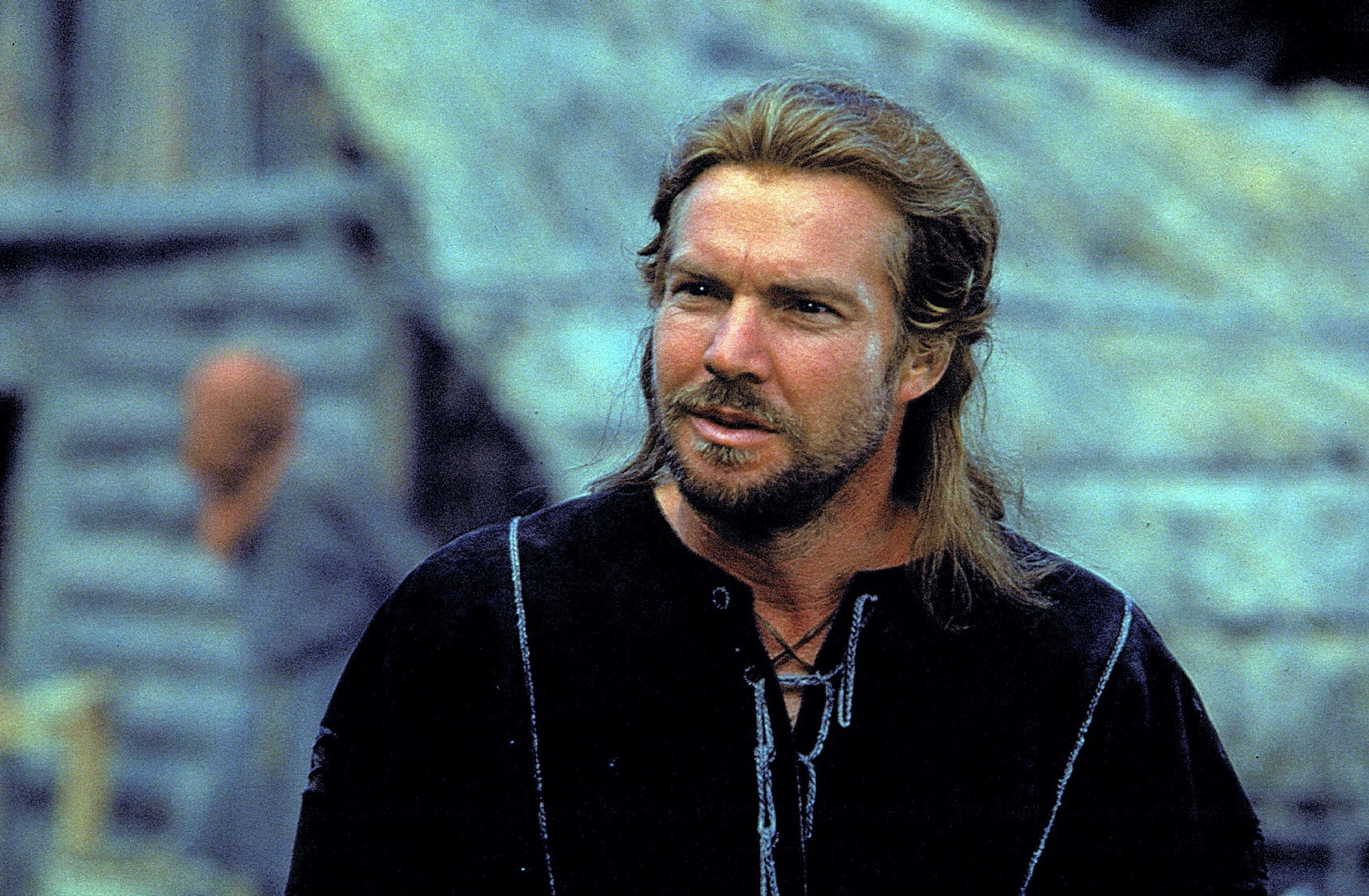
It's hard to argue that Dennis Quaid isn't an amazingly talented actor, which is why it shouldn't come as much of a surprise to learn he filmed for several weeks with a broken finger requiring a rather large cast. The veteran actor broke his pinkie finger in two places on the 92nd day of filming while acting out a sword-fighting scene. He had to wear a cast and "fight" through the pain for weeks. Quaid was able to channel his pain into the role.
Every time you hear Bowen scream aloud in pain or anger, that's really Dennis Quaid yelping out in pain due to his finger.
It may not sound like much-- it's just a pinkie-- but just try swinging a sword and making it look real without the use of yours.
16 DRACO WAS DESIGNED TO LOOK LIKE SEAN CONNERY
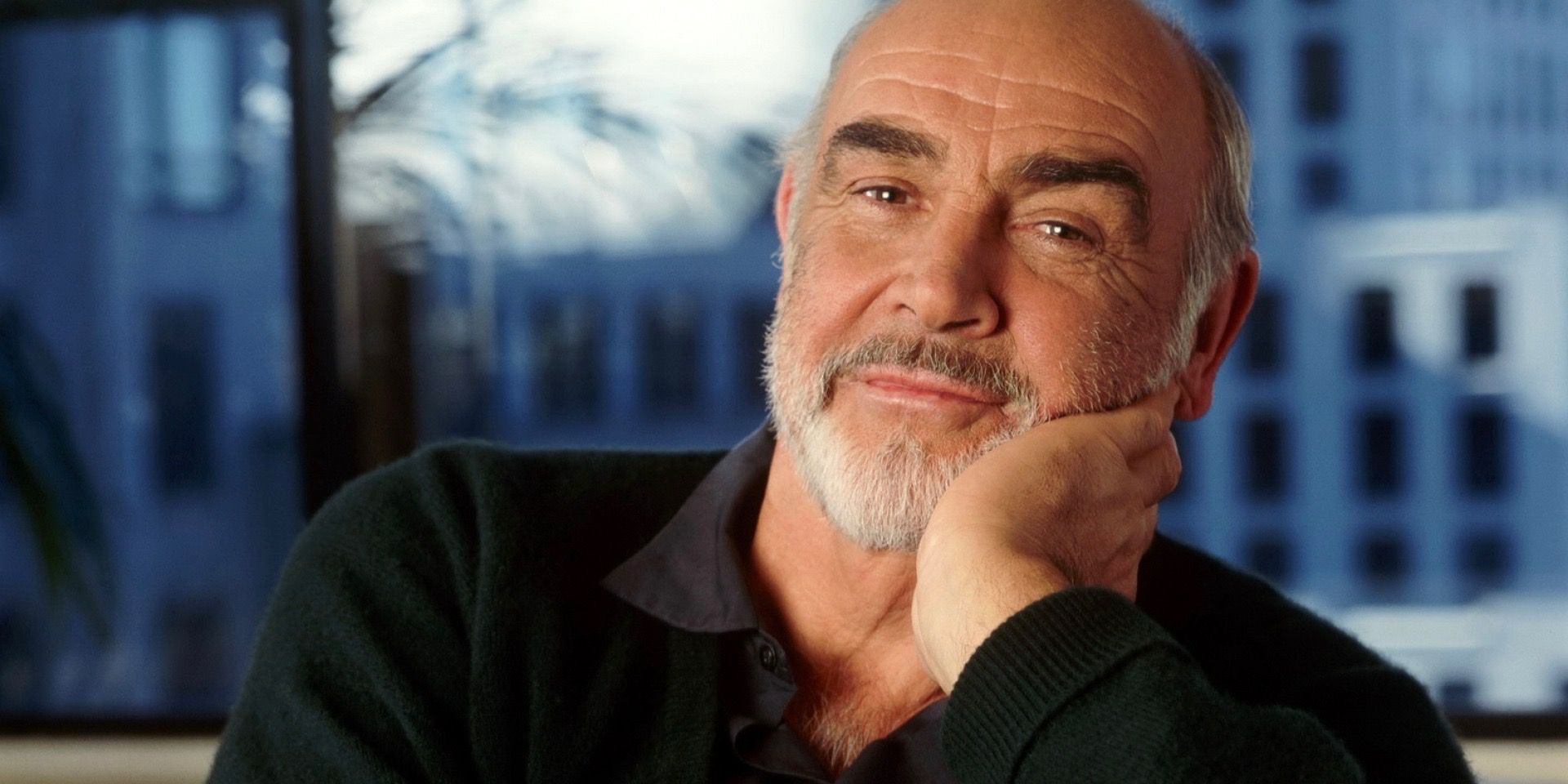
When the filmmakers and VFX artists sat down to design the look for Draco, they all agreed he should mirror Sean Connery's look as much as possible. That isn't to say he should "look" like Connery, but he needed to match his facial expressions.
Sean Connery emotes a great deal of expression through his eyebrows and the corners of his mouth, which was something the crew wanted to emulate. If you go back and watch the film, you can see Connery's "look" in the dragon, which is one of the reasons Connery's voice was able to sound natural on the screen. To make it work, the animators modeled Draco's movements on footage of Connery. It took a lot of extra work, but the end result was much more believable.
15 LIAM NEESON ALMOST PLAYED BOWEN
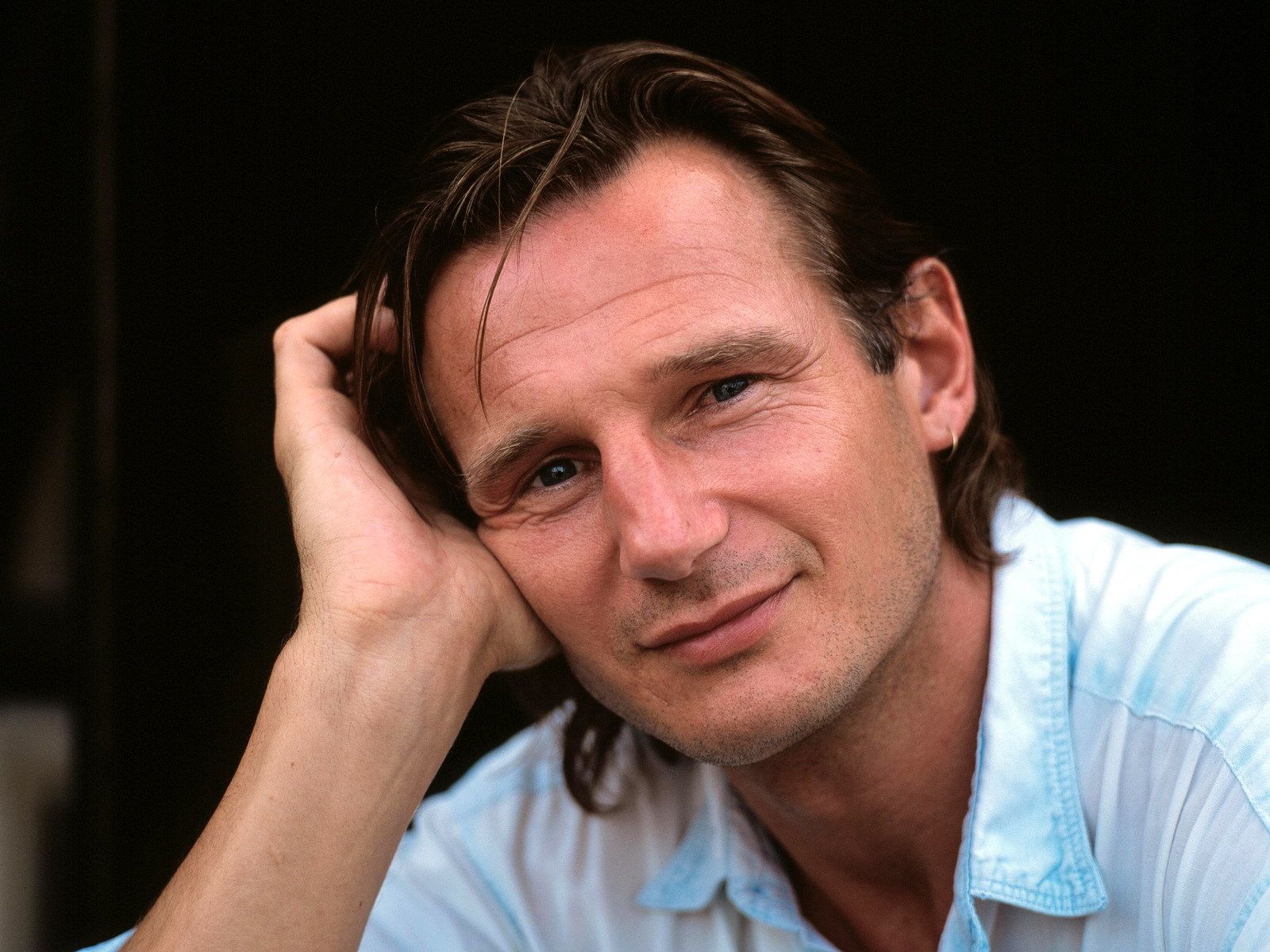
Movies are rarely cast from a pool of only one choice, and Dragonheart is no exception. Originally, the movie was thought to star a number of players as Bowen with Dennis Quaid standing somewhere around choice #5 or 6. Originally, Patrick Read Johnson pitched Liam Neeson in the role and the producers ate it up.
Neeson would have been in the movie were it not for a scheduling conflict.
There wasn't any footage shot of Neeson for the film, but a stand-in was used in his place when Neeson wasn't able to make it to Slovakia for filming. Other actors considered for the role included Kenneth Branagh, whom they also asked to direct, but cost too much. Arnold Schwarzenegger, Tom Hanks, and Kevin Bacon were all sent the script, but the role of Bowen eventually went to Dennis Quaid.
14 THE DIRECTOR PLAYED DRACO ON SET
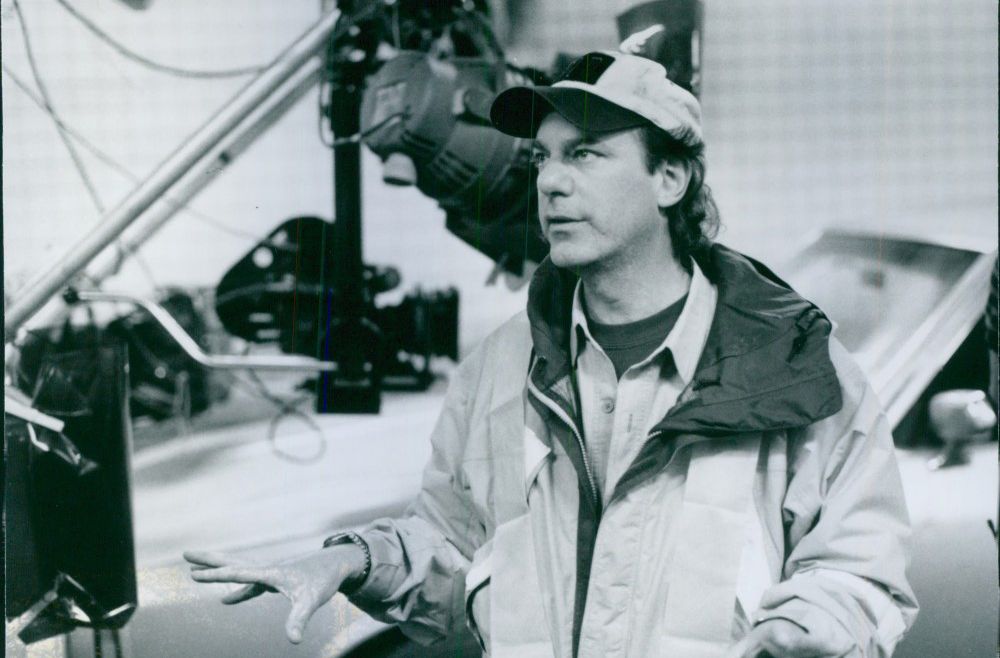
Sometimes, it can be difficult for an actor to imagine a character to act alongside or against in a scene if they aren't there. For modern VFX, this is often fixed by people standing around in green bodysuits, but things were a bit different for Dragonheart. In many of the scenes where Bowen and Draco are standing about having a conversation with one another, things were made easier when someone was pretending to be the dragon.
The man who stepped in when a cardboard cutout of a dragon just wouldn't cut it was Rob Cohen, the film's director. In the Making of Dragonheart featurette released on the DVD, Quaid commented that Cohen made it a lot easier for him to act as if Draco were really there due to Cohen's standing in for a dragon.
13 IT ONLY TOOK 2 DAYS TO GET THE GREEN LIGHT

Pitching a movie to a production studio like Universal is no easy task. The execs hear hundreds of pitches a year and only commit to making a scant few into films. Usually, this process takes a considerable amount of time, but not in the case of Dragonheart.
When Patrick Read Johnson took his idea to the studio executives at Universal, they came back with a green light in less than 48 hours. That's almost unheard of in movie-making, but even more so when the concept requires a large budget and VFX nobody had ever done before. Even though the project was considered risky, the execs snatched it up almost immediately.
12 DRACO IS ON SCREEN FOR JUST 20% OF THE MOVIE
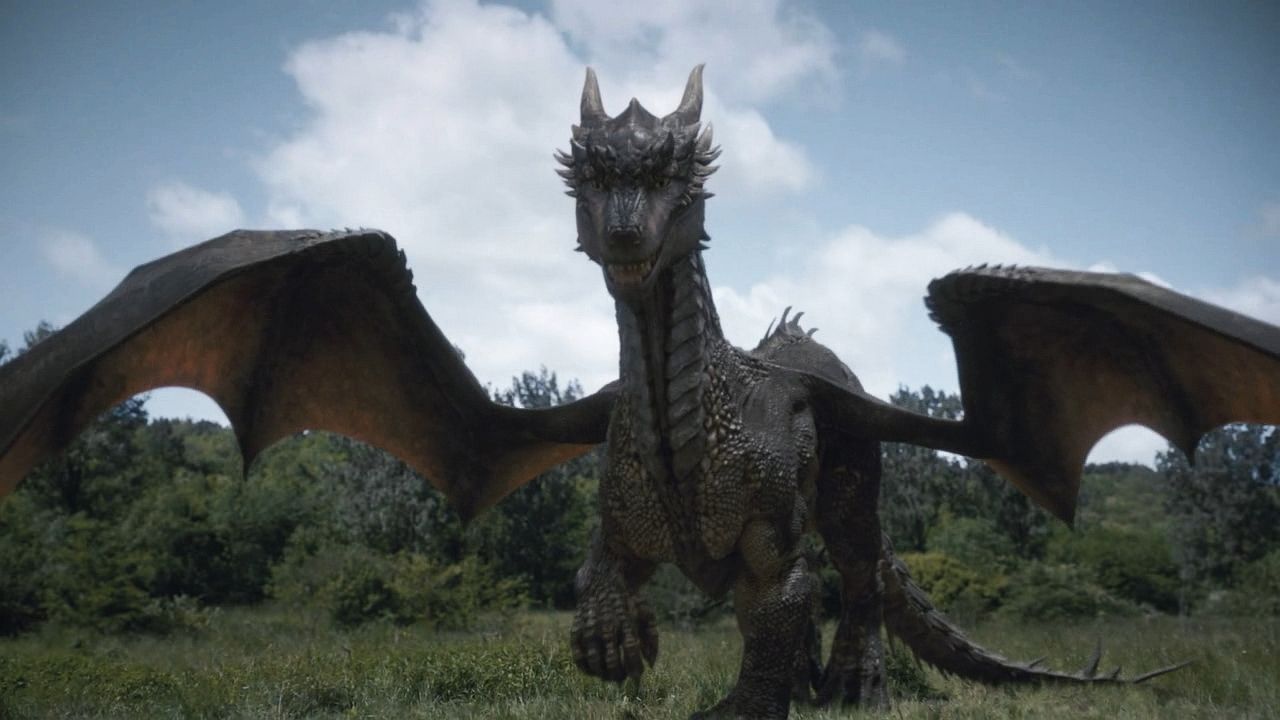
For a movie all about a dragon, you might think Draco would be on screen for the majority of the time. That's not how the movie played out, but considering how much it cost to animate the character, it's pretty surprising just how much time he spent on screen.
The movie's runtime was 103 minutes, but Draco was only on-screen for 23 minutes in total.
That makes economic sense, but when you get right down to it, the movie is called Dragonheart and it's all about the link between the last living dragon in the world and a young, ruthless king. Given how much amazing work the VFX crew did in animating Draco, we can give them a pass for not featuring the character more on screen, but we certainly would have appreciated getting more.
11 WHOOPI GOLDBERG WAS ALMOST DRACO
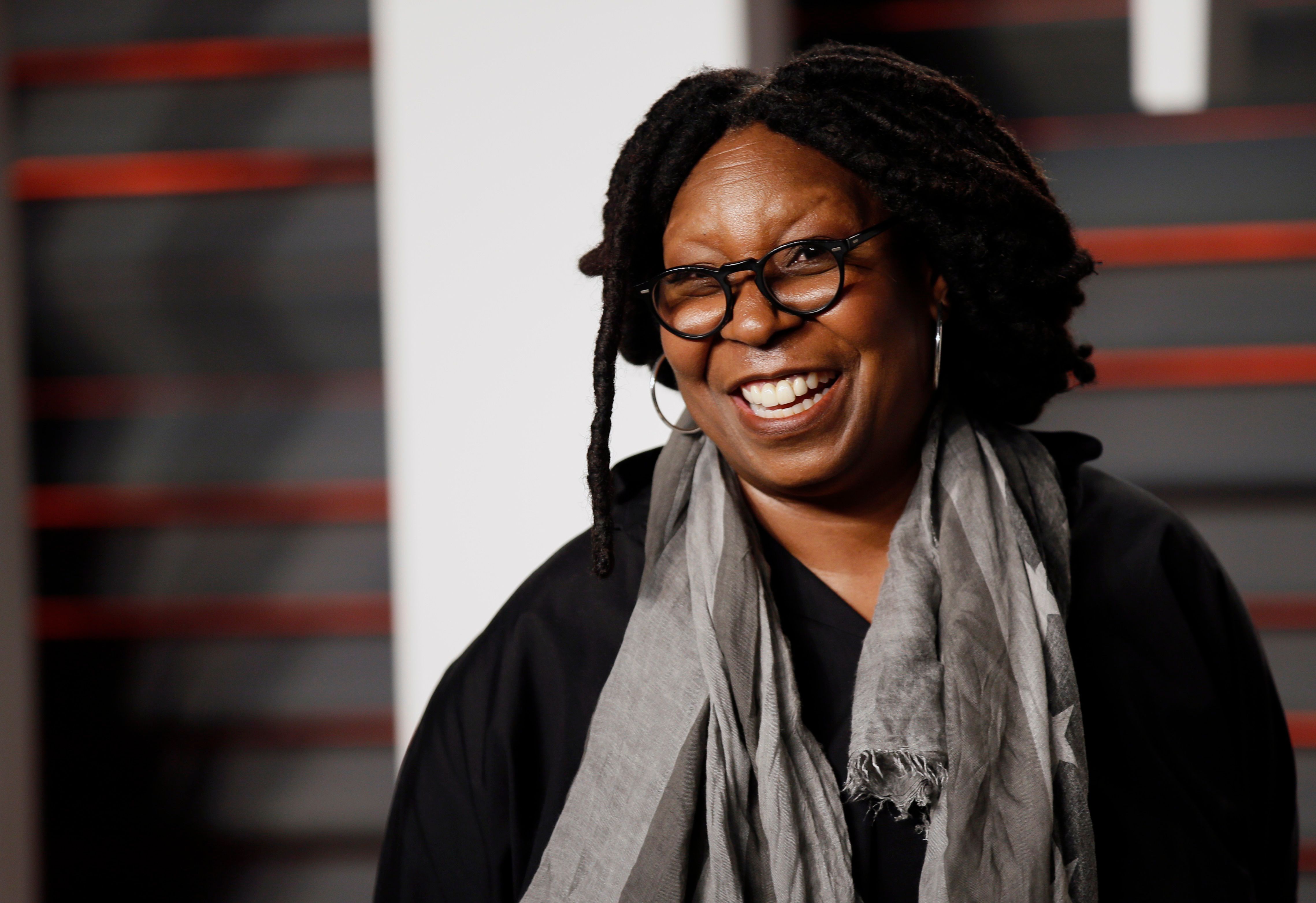
Looking back on the movie more than two decades later, it's hard to consider anyone voicing Draco other than Sean Connery. The man was made to play a dragon and thinking of someone else in the role is almost impossible. Back when the movie was being set up, the producers were thinking of all sorts of people to take on the role of the dragon. One name kept floating around that seems almost ridiculous in comparison: Whoopi Goldberg.
Part of the problem was the cost of getting Connery, but Johnson only pictured Connery in the role. In many ways, Draco was designed with Connery in mind. In an interview with IGN, Johnson recalls the casting decision in a conversation where the producers were talking about other actors, suggesting Goldberg would be "new and cool."
10 CLIVE OWEN WAS A STAND-IN FOR BOWEN

Clive Owen may be a household name these days, but back in 1996, he was just beginning to get his career off the ground. His biggest roles wouldn't come for years, but that doesn't mean he wasn't working.
When test footage needed to be shot in Slovakia, the producers couldn't get Liam Neeson out to shoot it so they asked the studio for a stand-in.
They sent Clive Owen. His time on set isn't reflected on Owen's IMDb page. Granted, his shots didn't make it to the final cut and were never meant to, but he did a lot of work on the movie. Several hours of test footage of Clive Owen as Bowen were shot for the early production of the film. Knowing what we now know of the actor, that's something we wouldn't mind taking a look at.
9 DRACO CAME FROM JURASSIC PARK
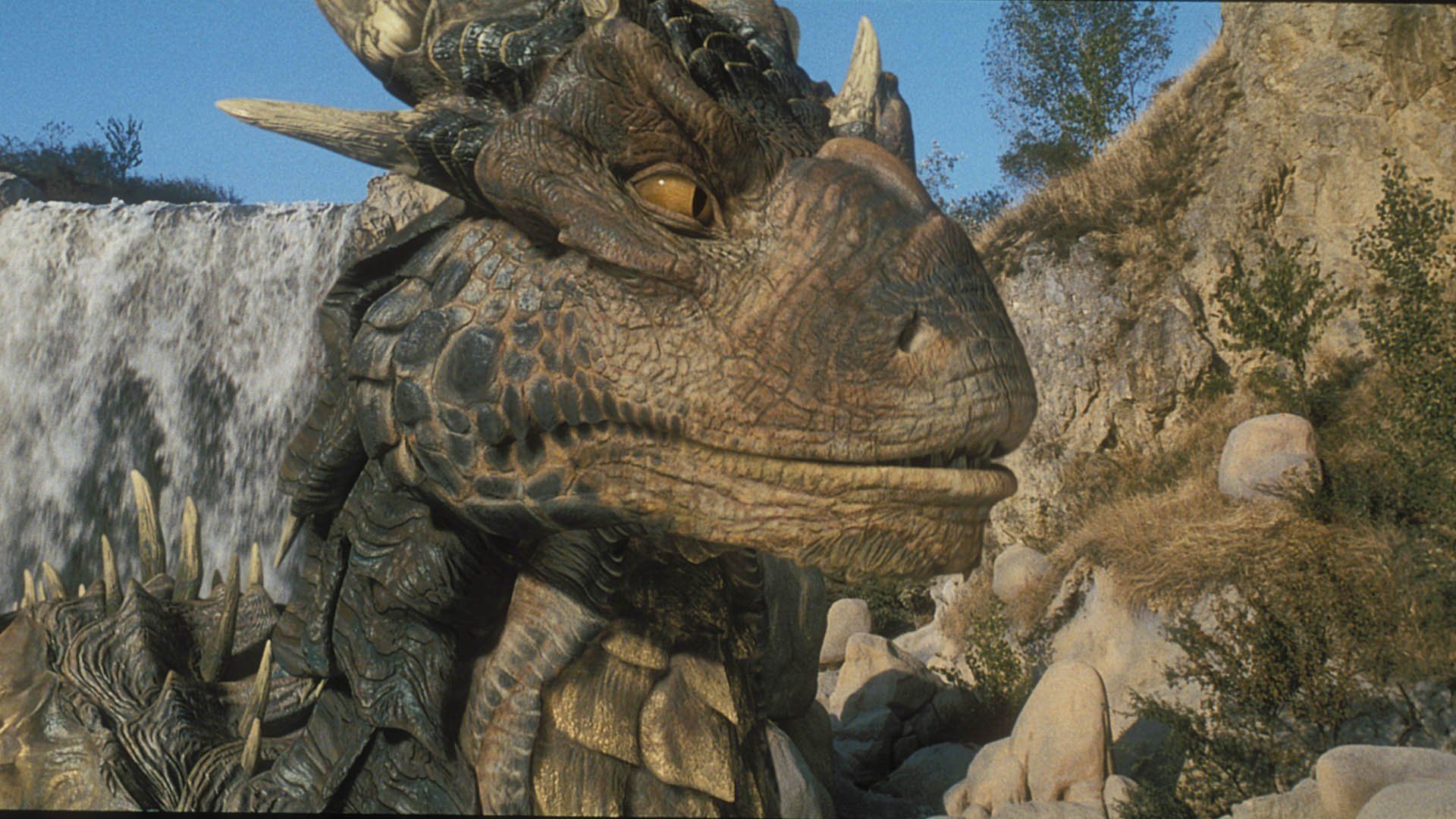
When Dragonheart was in development through the 1990s, CGI animals that looked realistic in their filmed environment were pretty new. Another property came out shortly before Dragonheart wrapped its pre-production, which helped with the development of Draco. That movie was Jurassic Park and while dinosaurs and dragons aren't exactly the same thing, it didn't hurt that they look similar.
Many of the VFX artists who worked on Jurassic Park worked on Dragonheart, which shouldn't come as much of a surprise when you compare the dinosaurs to Draco. He has more detailed elements, which suggests his CGI is an evolution from the lessons learned by the folks who worked on Jurassic Park. All of the knowledge and skill that went into making a T-Rex into a believable monster in one movie helped to animate a beloved dragon in another.
8 IT TOOK EXTRA-LONG IN POST-PRODUCTION
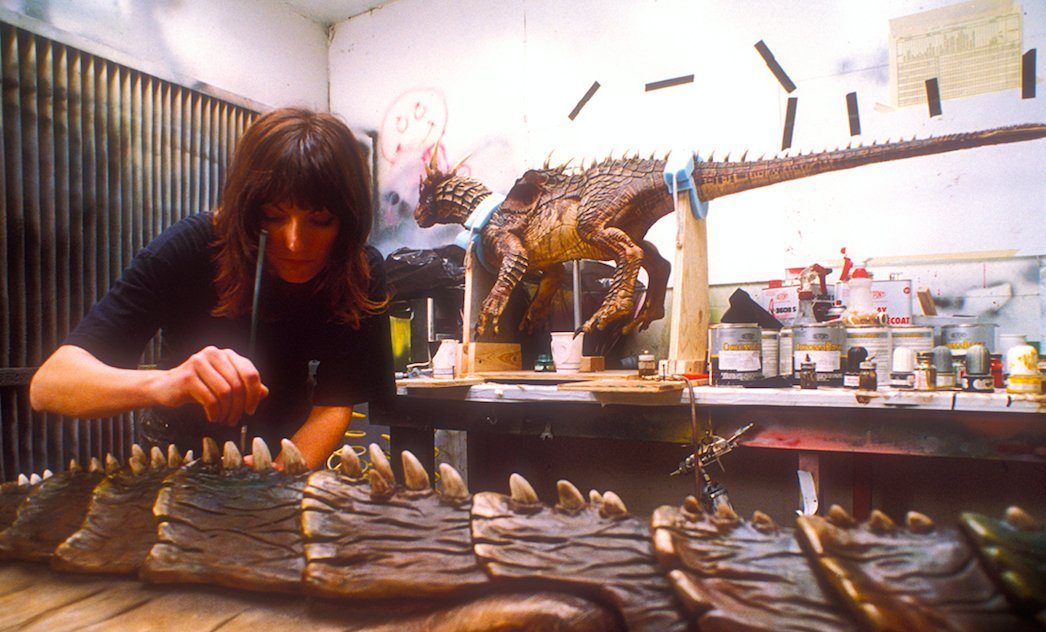
Production schedules for movies vary wildly. Pre-production for movies requiring elaborate sets like Ben Hur require months of development, but that's not typically the case these days. When it comes to a movie set in the Middle Ages about knights and dragons, the production of live-action shots tends to be much less than what is needed in post-production.
For Dragonheart, the movie went into production for less than six months, which isn't very long, but continued in post-production for nearly 16 more. That's an unusually long period of time, but it had everything to do with Draco. While the VFX we have today may have evolved from Draco and Jurassic Park, they were still in their infancy in 1996. Most of the post-production work went into bringing Draco to life, which explains why it took as long as it did.
7 DRACO'S DESIGN CAME FROM MANY SOURCES
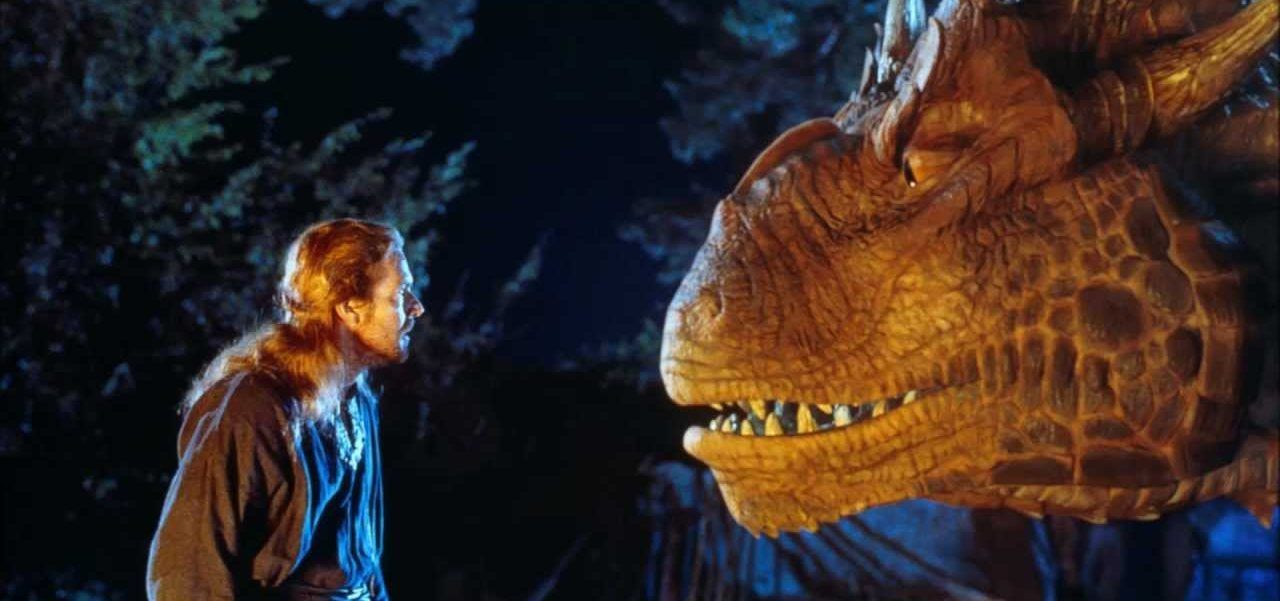
If you look back through history, there are thousands of different models and types of dragons spread across numerous cultures. Dragons have "existed" in our shared history for thousands of years from ancient Mesopotamia through Japan and into the Middle Ages in Europe.
With so many elements to choose from, the producers wanted to ensure they could make a creature who was familiar as a dragon, but unique for their own story. To accomplish this, they used an amalgam of different cultures, extant animals, and fantasy ideas to come up with the unique look that went into the creation of Draco.
The most obvious inspiration is the Foo Dog, which looks like a half-lion, half-dog.
Other animals went into it, including the Boa Constrictor, the Highland Gorilla, and humans (for the mouth).
6 FILMING WAS DONE ON LOCATION IN SLOVAKIA
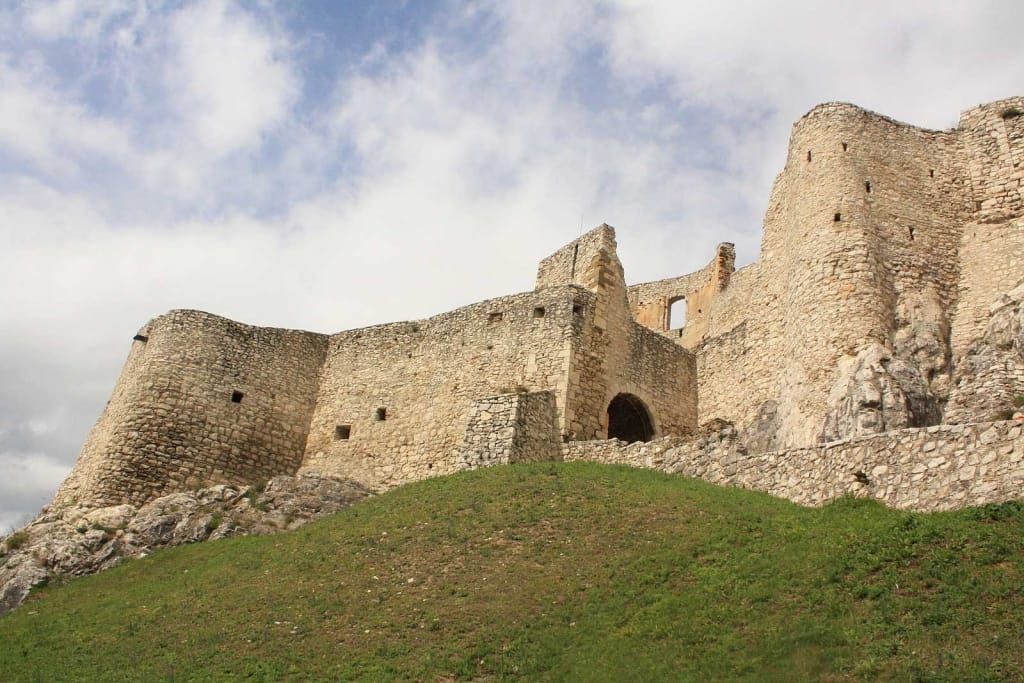
When it comes time to shoot live-action scenes for a movie about the Middle Ages, filmmakers have two basic options: they can shoot on-location, or on a soundstage and go heavy with CGI and matte-paintings. In order to look more realistic, most movies will film on-location if they have the budget for it. Fortunately, Dragonheart had enough to take advantage of some beautiful sights in the lovely nation of Slovakia. All of the castles, fields, and pretty much anything you see in the film that is shot outside, was shot on-location in Slovakia.
The castle pictured above it Spis Castle, a UNESCO World Heritage Site built in the 12th century.
Other locations include Strecno Castle, Cachtice Hrad, and the Slovak Paradise National Forest. Not a lot of movies film like this anymore, which only makes Dragonheart all the more impressive.
5 PRE-PRODUCTION LASTED 4 YEARS
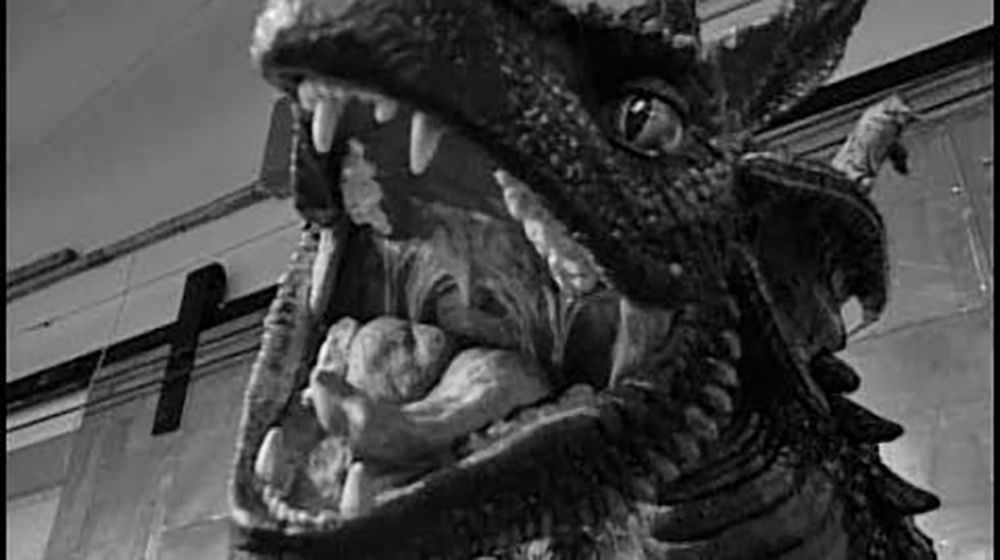
Dragonheart may have been released in 1996, but the idea for the movie began much earlier than that. When the film was given the green light to move into production, it took four years before much was done. The earliest stages of production involved the Jim Henson Creature Shop and various concept designs for Draco. The Creature Shop was commissioned to create an animatronic test to prove the viability of the dragon on screen.
Unfortunately for fans of muppets, puppets, and animatronics, the studio execs didn't want to move forward with the kind of practical effects that would be used with the Creature Shop's model. When the test-footage failed to land with execs, the studio commissioned ILM to work on Draco and the Henson Creature Shop work was left behind.
4 BUTCH CASSIDY AND THE SUNDANCE DRAGON
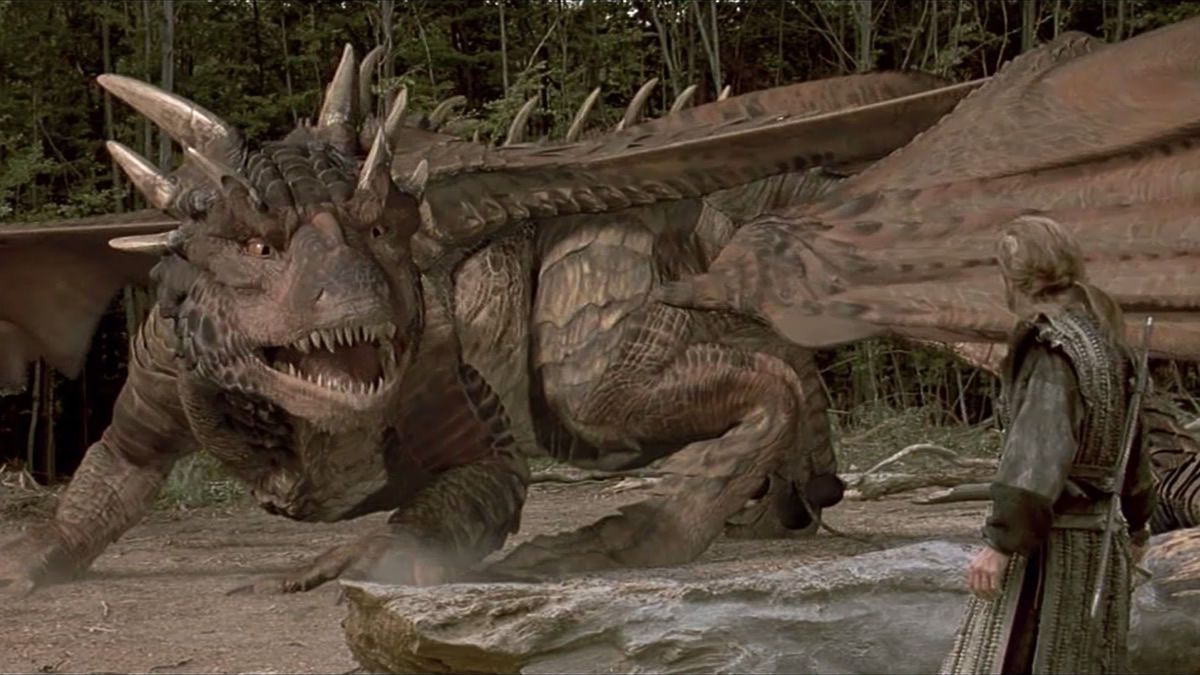
Dragonheart was directed by Rob Cohen, but he didn't come up with the original idea. It was first dreamed up by Patrick Read Johnson, best known for Spaced Invaders, Angus, and 5-25-77. Johnson wrote the idea and proposed it to fellow producer Raffaella de Laurentiis as a mashup between The Skin Game and Butch Cassidy and the Sundance Kid.
The film would be more akin to Butch Cassidy and the Sundance Kid.
When he presented it, he described it as "The last dragon and the last knight finally meet up in a stalemate and make a deal." That's essentially how it played out in the movie. Bowen and Draco strike a deal to con villagers out of their money, which makes it a perfect homage to Johnson's inspirations.
3 DENNIS QUAID WAS TAUGHT TO FIGHT BY A MARTIAL ARTS MASTER
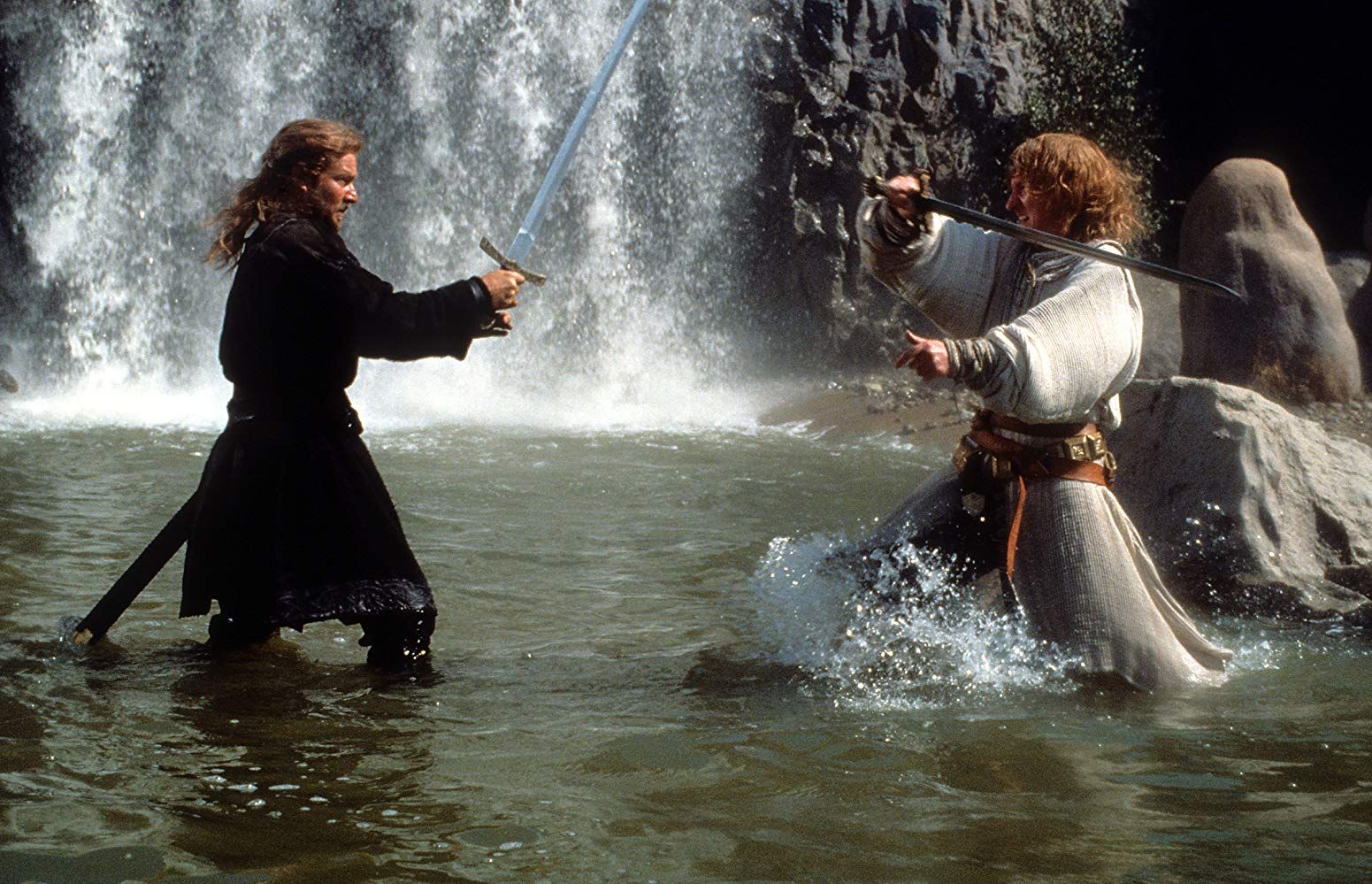
Bowen is a knight of the Old Code, a former knight of Camelot who fights in England and follows a strict sense of honor. You might think that an English knight would employ English tactics and swordsmanship in their fighting, but that's not the case for Bowen. To train for his fight scenes with the sword, the production crew hired famed sword master Kiyoshi Yamasaki, best known for his work on Conan, Red Sonja, and Dune.
Yamasaki trained Quaid in a fighting style from Japan, which almost seems anachronistic given the setting of the film.
Both Quaid and Cohen wanted Bowen's sword fighting technique to have more of an Eastern look and feel to it instead of a more traditional England style. To make this happen, they hired Yamasaki.
2 PIONEERED ILM'S CARICATURE SOFTWARE
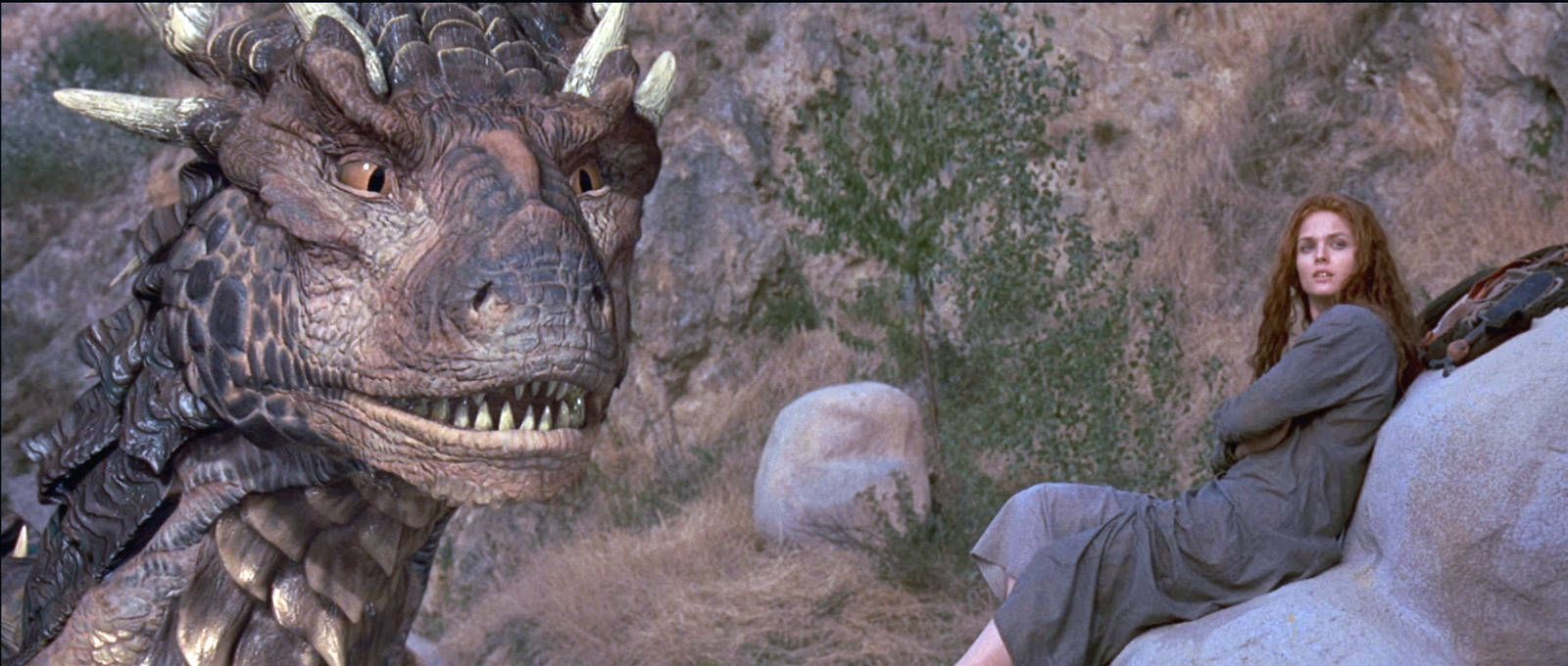
For Jurassic Park, the dinosaurs had to look real, but they were animals incapable of speech—not so for Draco. Draco presented a new challenge for the VFX crew who previously animated dinosaurs. They had to make a large creature that looks about as far from human as possible, speak and act in a natural way that doesn't look silly.
In order to accomplish this feat, the crew developed a new type of caricature software they called "CARI."
That technology enabled the animators to do "broad expressions (and) tiny little movements." CARI proved an effective tool for Dragonheart, but the software remained in use for years helping to animate other movies requiring fine movement in animated characters.
1 DRACO OWES HIS EXISTENCE TO THE T-REX

As we've pointed out, Jurassic Park's VFX had a lot to do with the development of Dragonheart. Not only did a number of artists work on both pictures, the dinosaurs were a helpful jumping-off point for the development of Draco. In order to do a proof of concept that Industrial Light and Magic (ILM) could animate a dragon on screen, the model for the T-Rex was used in a rather funny way.
The artists took the model, stretched its neck and snout, and animated it as if it were a dragon-- just to prove they could.
Regardless of the way the dinosaur looked in its modified form, the plan worked. ILM got the gig and the test demonstrating how Sean Connery's voice could be used in a "dragon" animation remains one of the funniest uses of a dinosaur on film.
---
Do you have any trivia to share about Dragonheart? Leave it in the comments!
from ScreenRant - Feed https://ift.tt/2y70StJ


0 Comments